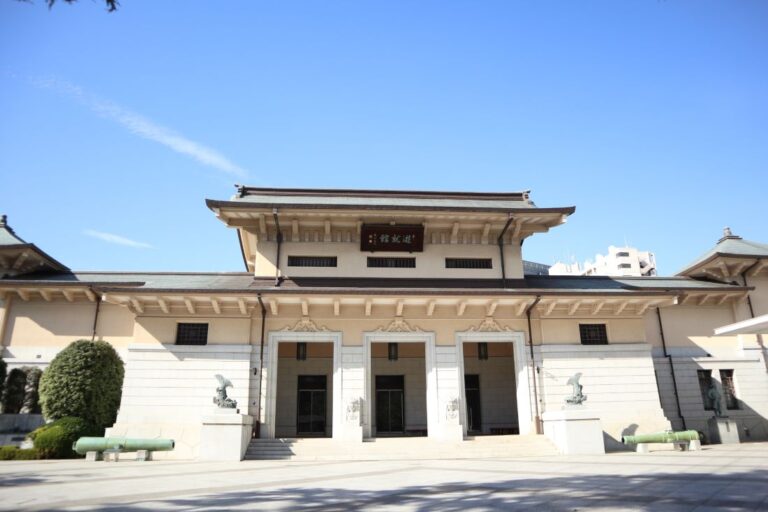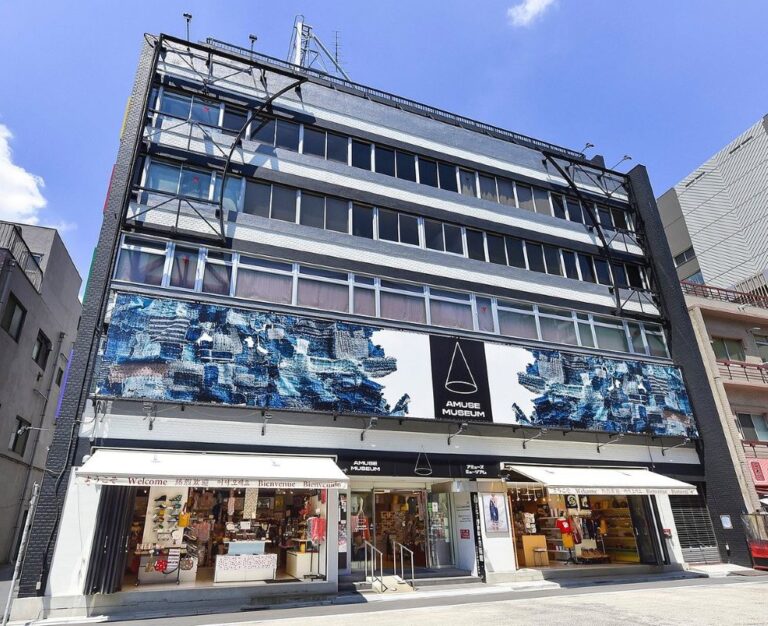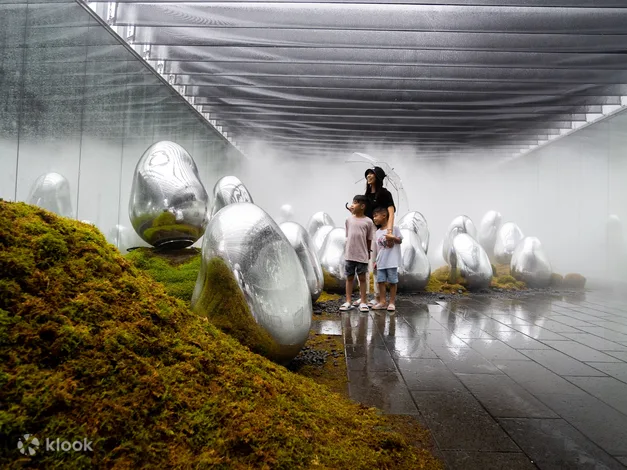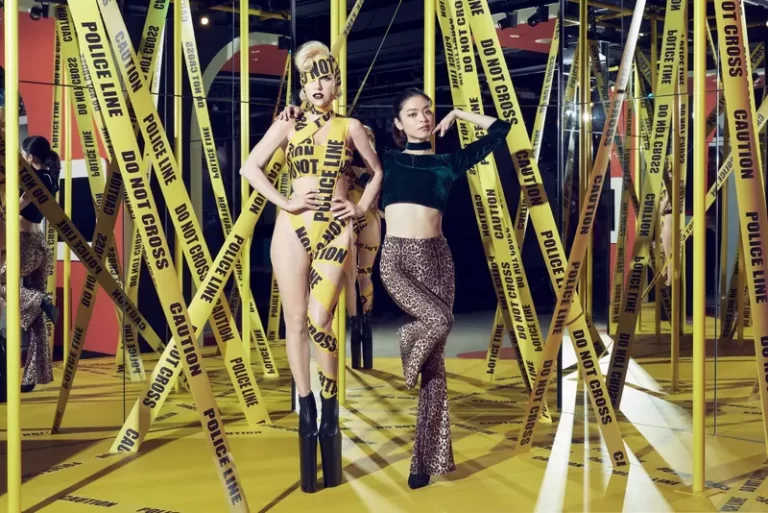If you’re the type who prefers their museums outside, the Edo-Tokyo Open Air Museum should be on your to-do list. This outdoor museum features over 30 historic buildings from the Edo period and the early Showa period, which have been carefully restored and preserved for visitors to explore.
Key Takeaways
- Features over 30 historic buildings from the Edo and Showa periods.
- Open from 9:30 am to 5:30 pm, with the last admission at 4:30 pm.
- Admission is 400 yen for adults
- Closed on Mondays

These buildings include traditional homes, shops, and public buildings, giving visitors a glimpse into what life was like in Tokyo during these periods.
The museum is in Koganei Park, which is about 25 minutes west of Tokyo’s Shinjuku Station by train. It’s a great destination for history buffs, architecture enthusiasts, and families looking for an educational and fun day out.
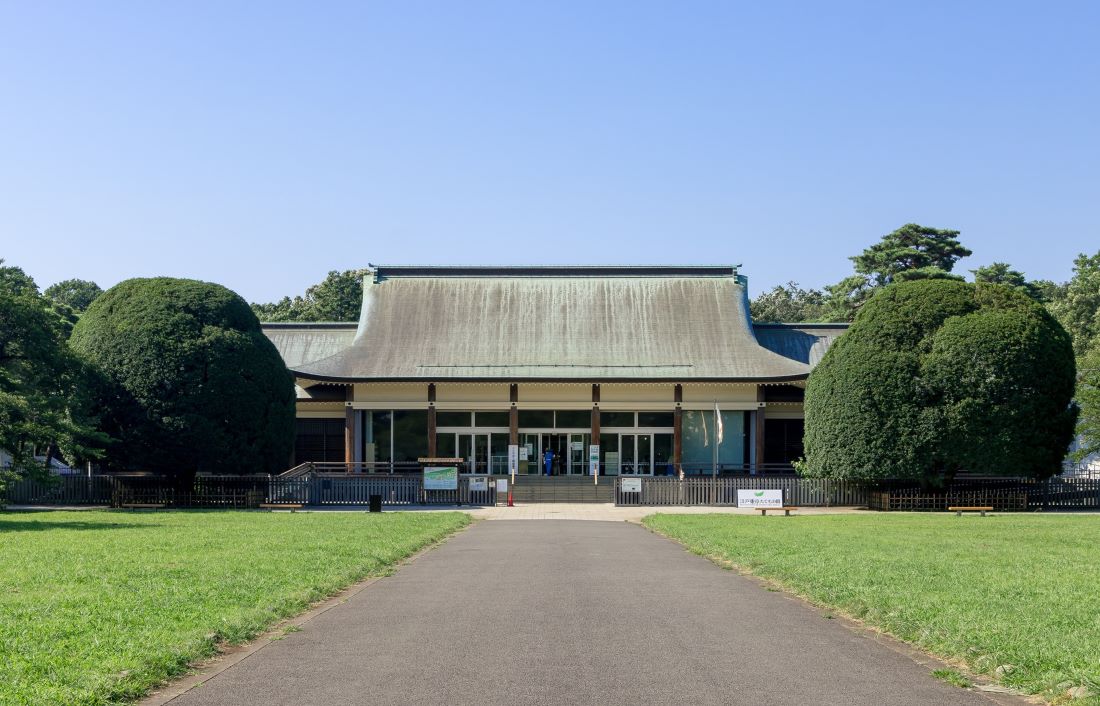
In addition to the buildings, the museum also features exhibits on the history and culture of Tokyo, making it a comprehensive and immersive experience.
Exhibits

The museum is divided into two main areas, the indoor exhibition hall and the outdoor exhibition area. The indoor exhibition hall showcases exhibits that provide an in-depth look into the history and culture of Tokyo from the Edo period to the present day. You can explore the exhibits and learn about the daily life, customs, and traditions of the people of Tokyo.

The outdoor exhibition area is the main attraction of the museum. It features over 30 historic buildings that have been relocated, restored, and preserved. The buildings include traditional Japanese houses, shops, and public buildings from the Edo period to the early Showa period.
You can explore the buildings and get a glimpse into the daily life of the people who lived in these buildings. The outdoor exhibition area is divided into three zones, the Edo Zone, the Meiji Zone, and the Showa Zone.
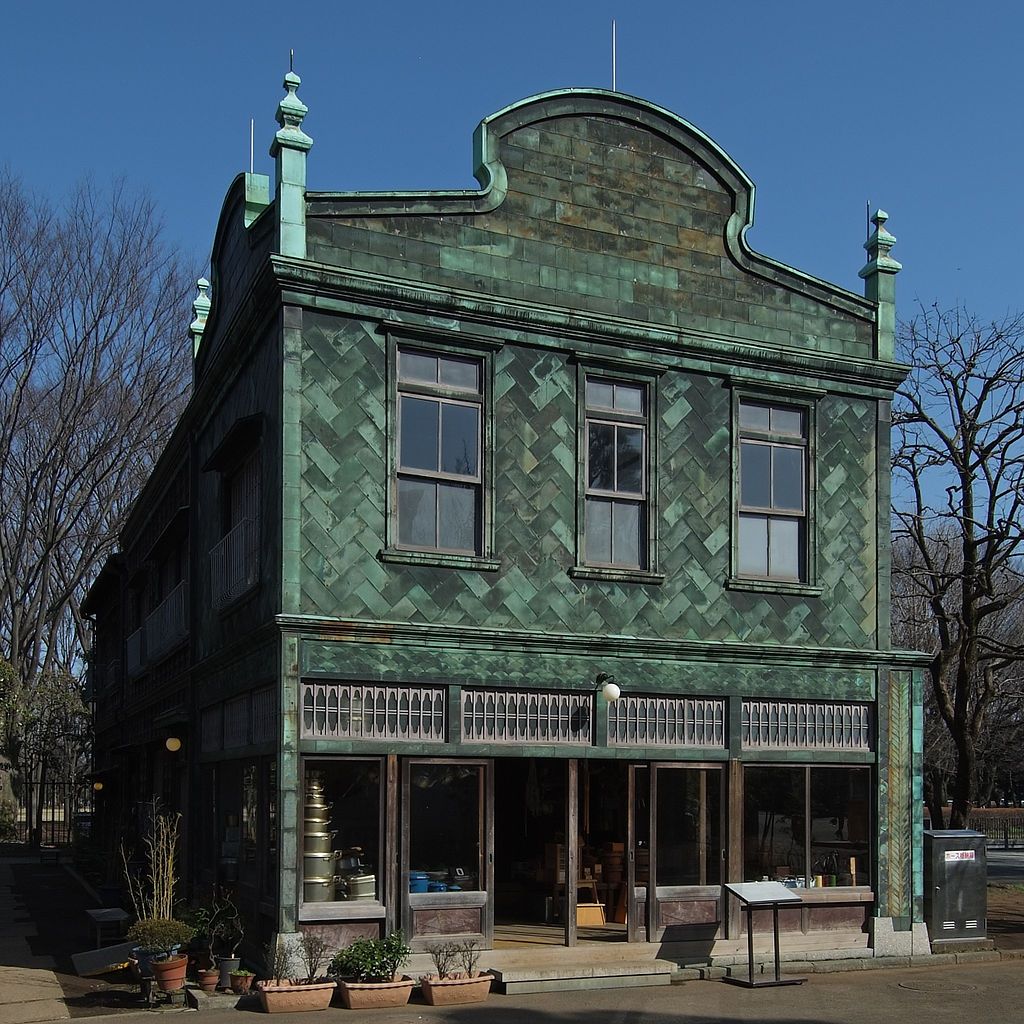
The Edo Zone features buildings from the Edo period (1603-1868), including traditional Japanese houses, a kabuki theater, and a fire watchtower. The Meiji Zone features buildings from the Meiji period (1868-1912), including a Western-style house, a post office, and a police station.
The Showa Zone features buildings from the early Showa period (1926-1989), including a public bathhouse, a movie theater, and a shopping street.
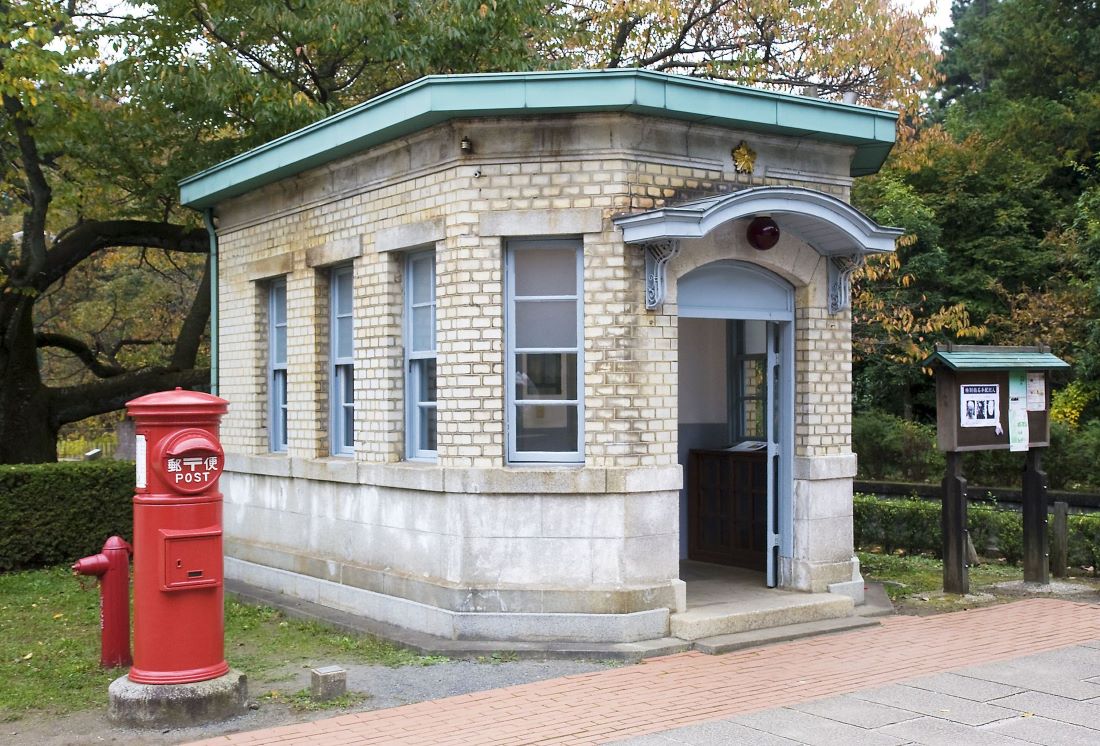
In addition to the historic buildings, the museum also features exhibits and events throughout the year. These include traditional craft demonstrations, seasonal festivals, and special exhibitions. check the museum’s website for the latest information on upcoming events and exhibitions.
Tickets
The Edo-Tokyo Open Air Architectural Museum offers different admission prices depending on the age and category of the visitor. The prices are as follows:
- Adults: 400 yen
- 65 years old or older: 200 yen
- College students (including vocational schools): 320 yen
- High school and junior high school students (outside of Tokyo): 200 yen
Preschoolers, primary school students, and junior high school students who reside and attend school in Tokyo can enter the museum for free. Holders of certain disability and health certificates, as well as their attending caregivers, can also enter for free (up to two people).
Visitors can purchase same day tickets at the museum ticket counter, while online advance reservations are recommended for those who have a settleable credit card, smartphone or PC. Same day tickets cost the same as advance tickets.\
History

The Edo-Tokyo Open Air Architectural Museum was established on March 28, 1993, and is in Koganei, Tokyo, Japan. The museum is a branch of the Edo-Tokyo Museum System and is owned by the Tokyo Metropolitan Government. The museum aims to preserve and exhibit historical buildings of high cultural value, and it houses 30 historic buildings that are representative of Japanese architecture from the 17th century to the 20th century.
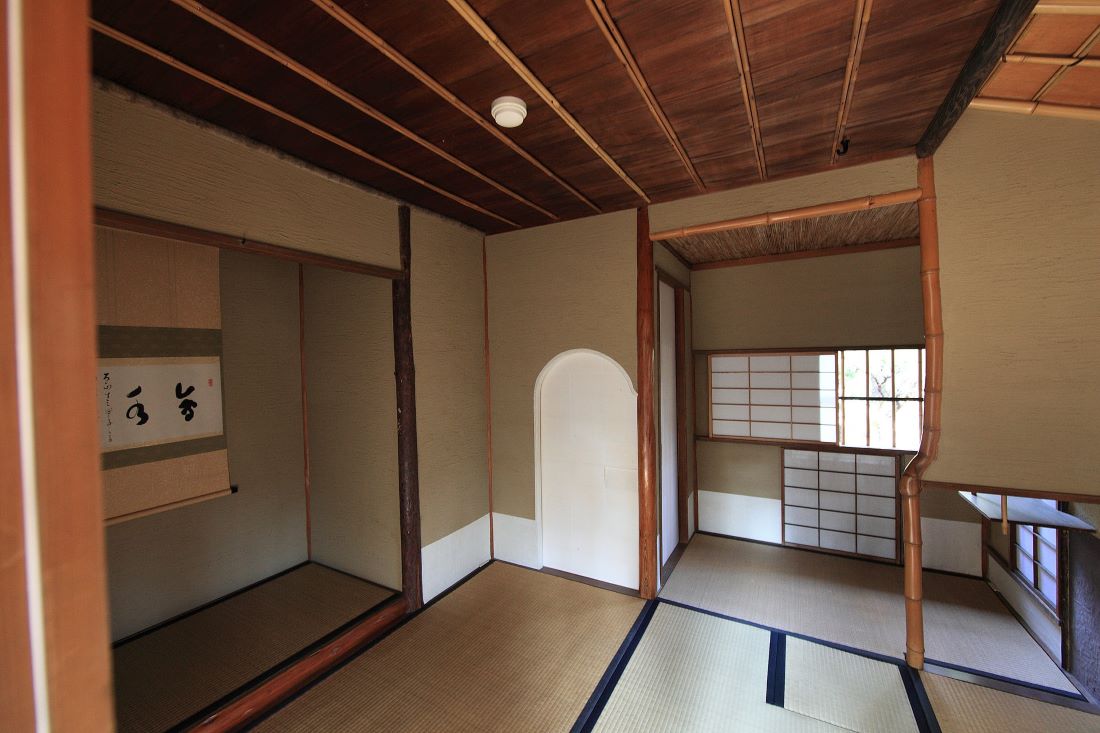
The museum’s collection includes buildings, such as houses, shops, and public buildings, that were relocated from parts of Tokyo to the museum’s grounds. The buildings were carefully dismantled, moved, and then reconstructed on-site to preserve their original architectural style and design. The museum also features a garden area that showcases traditional Japanese landscaping techniques.
Restaurants and Cafes
There are restaurants and cafes throughout the museum grounds where you can grab a bite to eat or a refreshing drink. The restaurants serve a range of Japanese and Western dishes, and there are plenty of options to suit all tastes and budgets. You can enjoy a leisurely meal while taking in the beautiful surroundings of the museum.
Museum Shop
The museum shop is the perfect place to pick up souvenirs or gifts for friends and family back home. The shop sells a range of traditional Japanese crafts, as well as books, postcards, and other items related to the museum’s exhibits. You can browse at their leisure and take home a piece of Japanese culture.
Guided Tours
The museum offers guided tours in English and Japanese, led by knowledgeable and friendly guides who can provide insights into the history and culture of the Edo and Tokyo periods. The tours are a great way to get a deeper understanding of the museum’s exhibits and architecture, and you can ask questions and interact with the guides.
Other Facilities
In addition to the above, the museum also offers a range of other facilities, including:
- Lockers for storing bags and other items
- Free Wi-Fi throughout the museum grounds
- ATMs and currency exchange services
- Information desks with maps and brochures
Visiting Information
If you’re heading to Tokyo, the Edo-Tokyo Open Air Museum is a unique and fascinating destination that is worth visiting. Here are some important visiting information that you should know before you go.
Location and Hours
The museum is in Koganei City, a western suburb of Tokyo. It’s about 30 minutes away from central Tokyo by train. The museum is open from 9:30 a.m. to 5:30 p.m. every day except Mondays (or the following day if Monday is a national holiday), and from December 29 to January 1.
Getting There
The easiest way to get to the museum is by taking the JR Chuo Line to Musashi-Koganei Station, which is a 15-minute walk away. Alternatively, you can take the Seibu Tamagawa Line to Hana-Koganei Station, which is a 20-minute walk away. The museum also has a free shuttle bus from Musashi-Koganei Station that runs every 20 minutes.
Facilities
The museum has a visitor center that offers free lockers for storing your belongings. There are also restaurants and cafes on the museum grounds where you can grab a bite to eat. If you’re planning to explore the museum’s architecture, wear shoes that are easy to take on and off.
Wheelchair Accessible Facilities
The museum is fully wheelchair accessible, with ramps and lifts throughout the complex. There are also wheelchair-accessible toilets and parking spaces available for visitors with disabilities. The museum staff are happy to assist visitors with any special requirements they may have.
The Sum Up
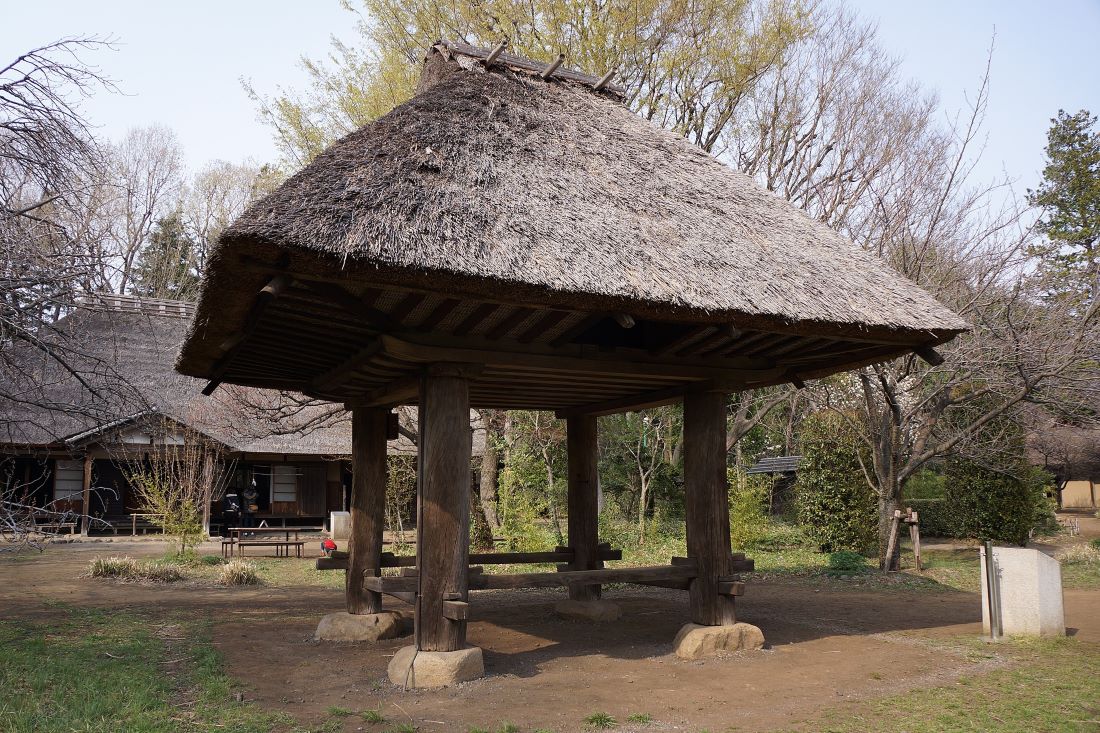
The Edo-Tokyo Open Air Museum is a unique and fascinating destination for anyone interested in Japanese history and architecture. With its collection of relocated, restored, and preserved buildings from the 17th to the 20th centuries, you can explore the rich cultural heritage of Tokyo and the Edo period.
The museum offers a glimpse into the daily lives of ordinary people during different eras of Japanese history. From the humble homes of farmers and merchants to the grand residences of samurai and wealthy merchants, the museum’s collection of buildings gives you a vivid picture of life in Edo and Tokyo.
You can also enjoy the beautiful gardens and green spaces surrounding the museum, which provide a peaceful and tranquil atmosphere away from the hustle and bustle of the city. The museum’s location in Koganei City, just 30 minutes from central Tokyo, makes it an easily accessible destination for both all.
Where To Stay In Tokyo
Tokyo visitor levels are currently at an all-time high so make sure to book your hotels early. Tip most hotels booked with booking.com have free cancelation so book as soon as you know your date and you can always cancel if you change your mind.

